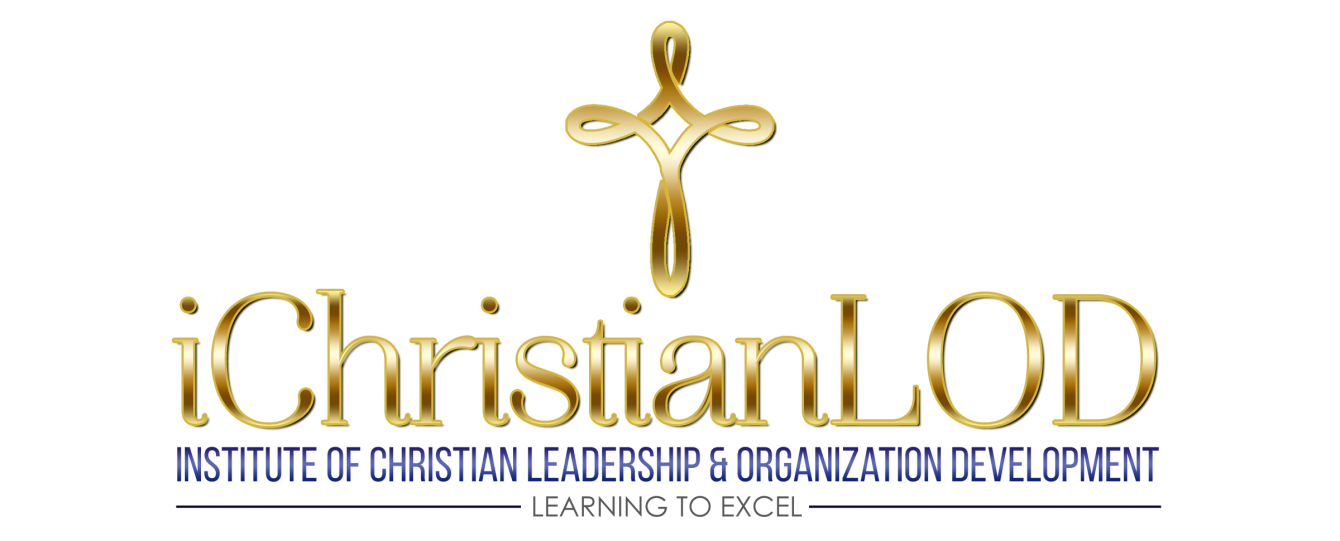Managing Change In Your Organization
Change – the ultimate OD objective
Change is the primary method by which the OD process achieves the ultimate goal, the transformation of an organization from a static hierarchical ineffective structure, to a flexible, viable, and adaptable organization that is capable of flowing in sync with its external components (McShane, Von Glinow, 2012). Because those external components are rapidly and constantly changing, for any organization to remain in sync necessitates that they too must be rapidly and constantly changing. OD change is more clearly portrayed by Baulcomb who states, “Managing change is seen as being skilled at creating, acquiring, and transferring knowledge to reflect new knowledge and insights” (Baulcomb, 2003, p.275).
The difficulty in managing change, whether it is planned or unplanned, lies in the competition between what Lewin called driving and restraining forces. Lewin describes the driving forces as the problems and opportunities that create the need for change; such as a downturn in the economy, new government regulations, increased competition. He identifies restraining forces as the barriers that prevent the desired change from occurring. These barriers could be a lack of financial resources, scarcity of skilled labor, or even a lack of motivation on the part of staff and/or employees for change. Lewin’s theory of force-field analysis advocates identifying the respective forces, and then removing as many restraining forces as necessary, thereby strengthening the driving forces, enabling the implementation of the desired change to occur (Daft, Marcic, 2011).
Once restraining forces have been minimized, the change agent can begin the implementation process of change. Implementation involves three stages of planned change, also identified by Lewin as: unfreezing, movement, and refreezing. Lewin refers to unfreezing as the creation of motivation for change by creating serious disequilibrium through the use of disconfirming data that threatens the accomplishment of organizational goals, and creates anxiety which becomes the motivation for change. Psychological safety is created to decrease learning anxiety connected to learning new desired skills through the use of a compelling vision, formal and informal training that is also autonomous; practice fields, coaching and feedback; role models, support groups, and systems and structures to support the new concepts or skills (Schein, 2010).
Once psychological safety has been established, learning anxiety is under control, and the organization or group has been unfrozen, movement can then occur where new learning is reflected by one of two ways: scanning (trial and error), or by role modeling. When there are clear ways for things to be done, role modeling works best. When mastery of new skills involves personality and options, scanning is the most appropriate method. During this stage, cognitive redefinition occurs, or restructuring the new learning to give it acceptable meaning throughout the organization. This important step undergirds and aids the actual behavioral changes by creating new and palatable organizational paradigms (Schein, 2010).
In the third and final stage of learning change called refreezing, new concepts/learning has been internalized by the employees and stabilized. Stabilization of new behavior only occurs when new behavior has been confirmed by better results (Schein, 2010). Mitchell adds that strategies must be incorporated to prevent a return to the replaced behaviors (Mitchell, 2013).
References
Baulcomb, J. (2003). Management of change through force field analysis. Journal Of Nursing
Management, 11(4), 275-280. doi:10.1046/j.1365-2834.2003.00401.x
Daft, R.L.. Marcic, D. (2011). Understanding management 7th edition. South-Western
Cengage Learning. Mason, OH 45040.
McShane, S.L., Von Glinow, M.A. (2012). Organizational behavior. McGraw-Hill
Irwin. New York, NY 10020.
Mitchell, G. (2013). Selecting the best theory to implement planned change. Nursing
Management – UK, 20(1), 32-37.
Schein, E.H. (2010). Organization culture and leadership 4th edition. Jossey-Bass. San
Francisco, CA 94103-1741.

